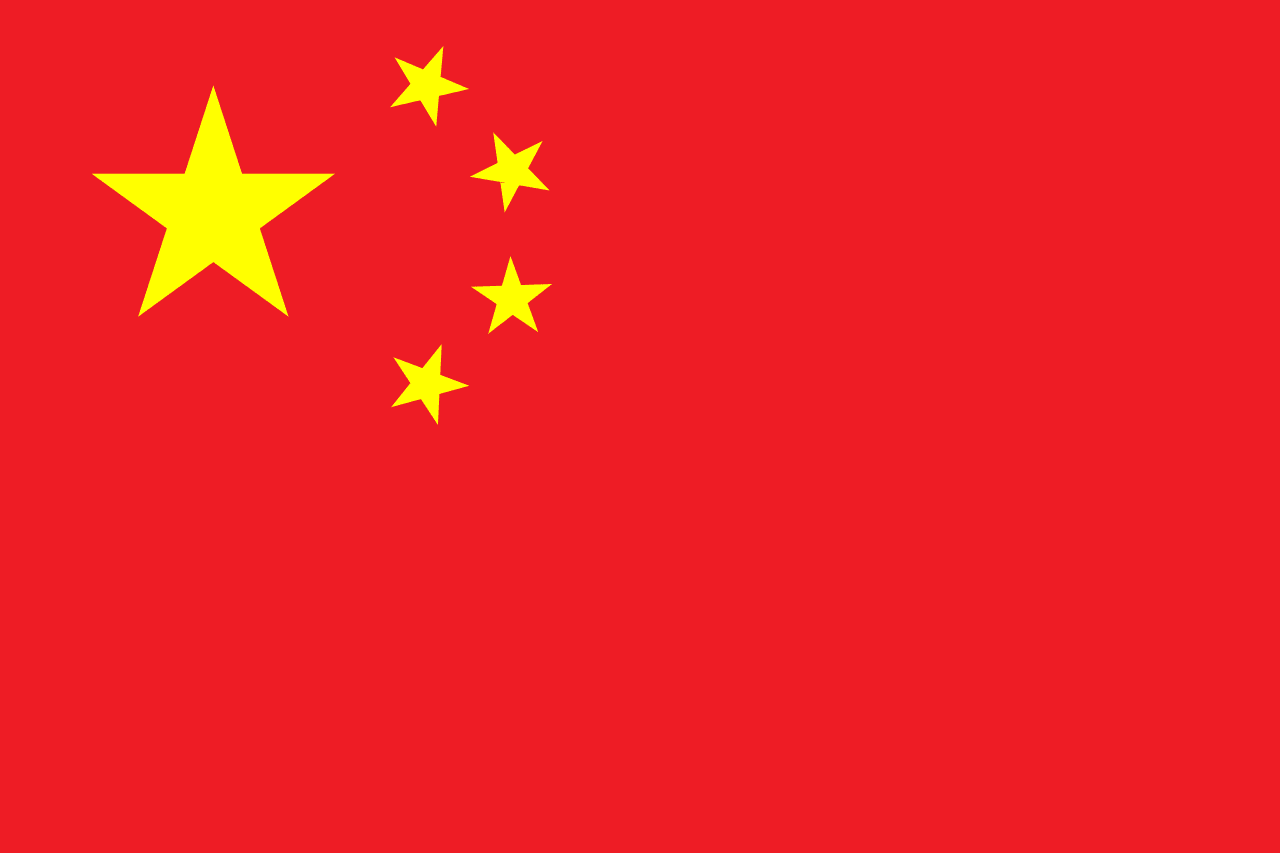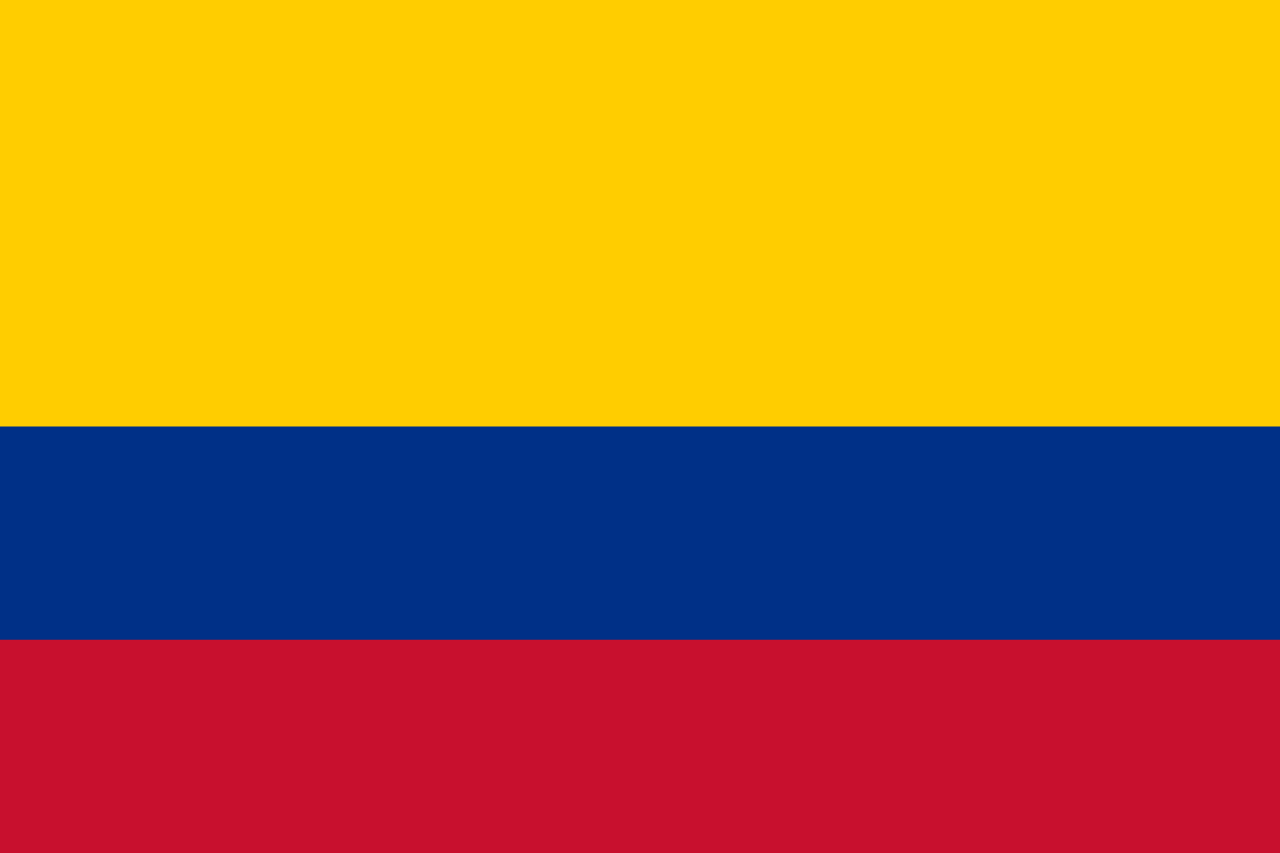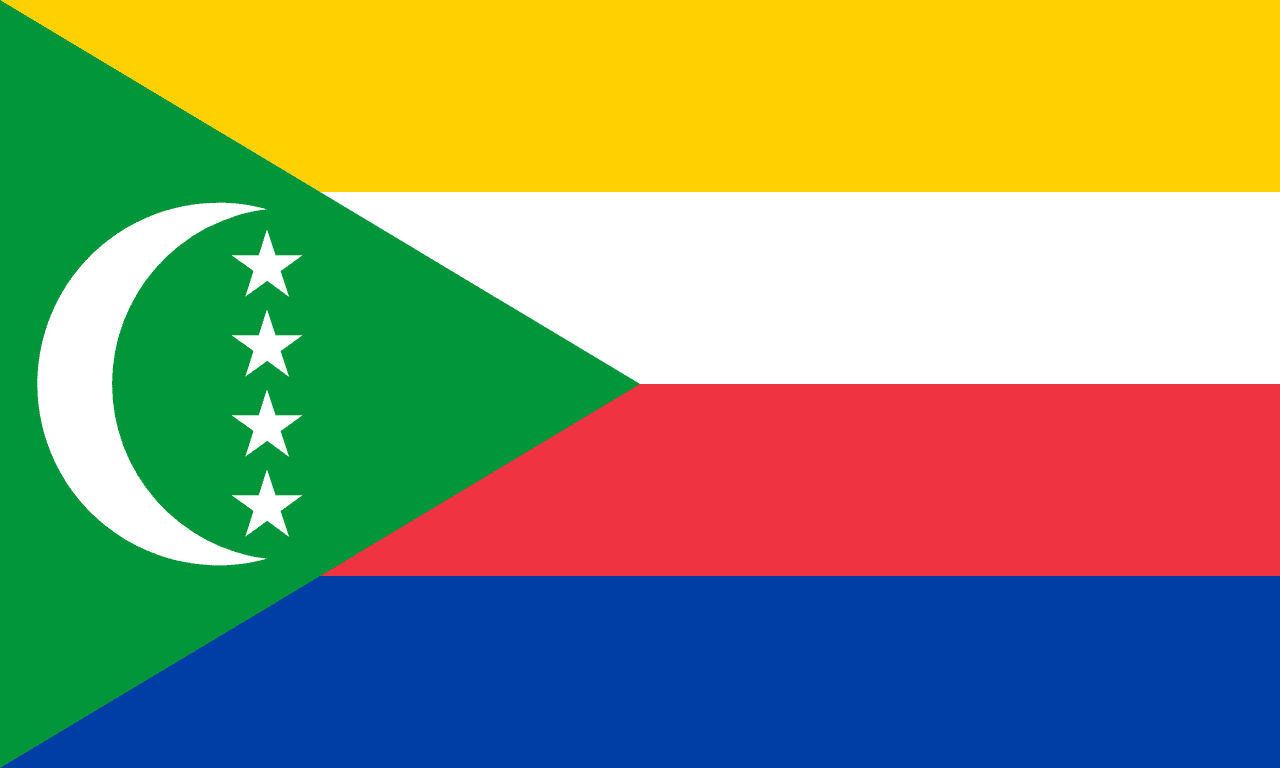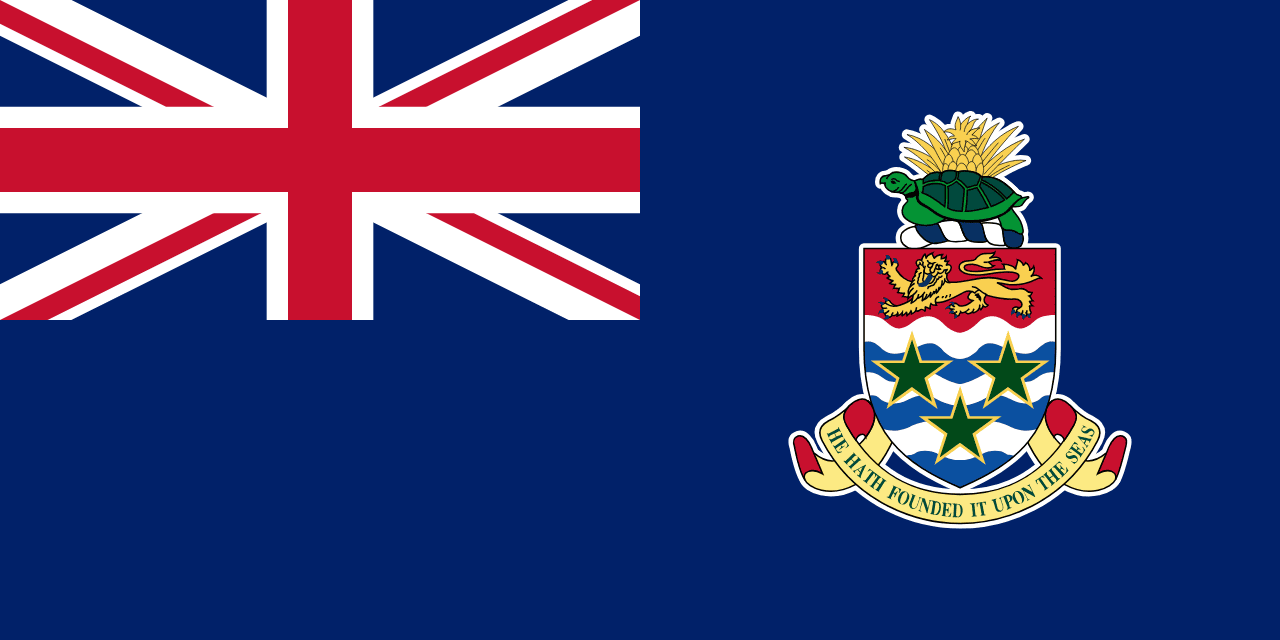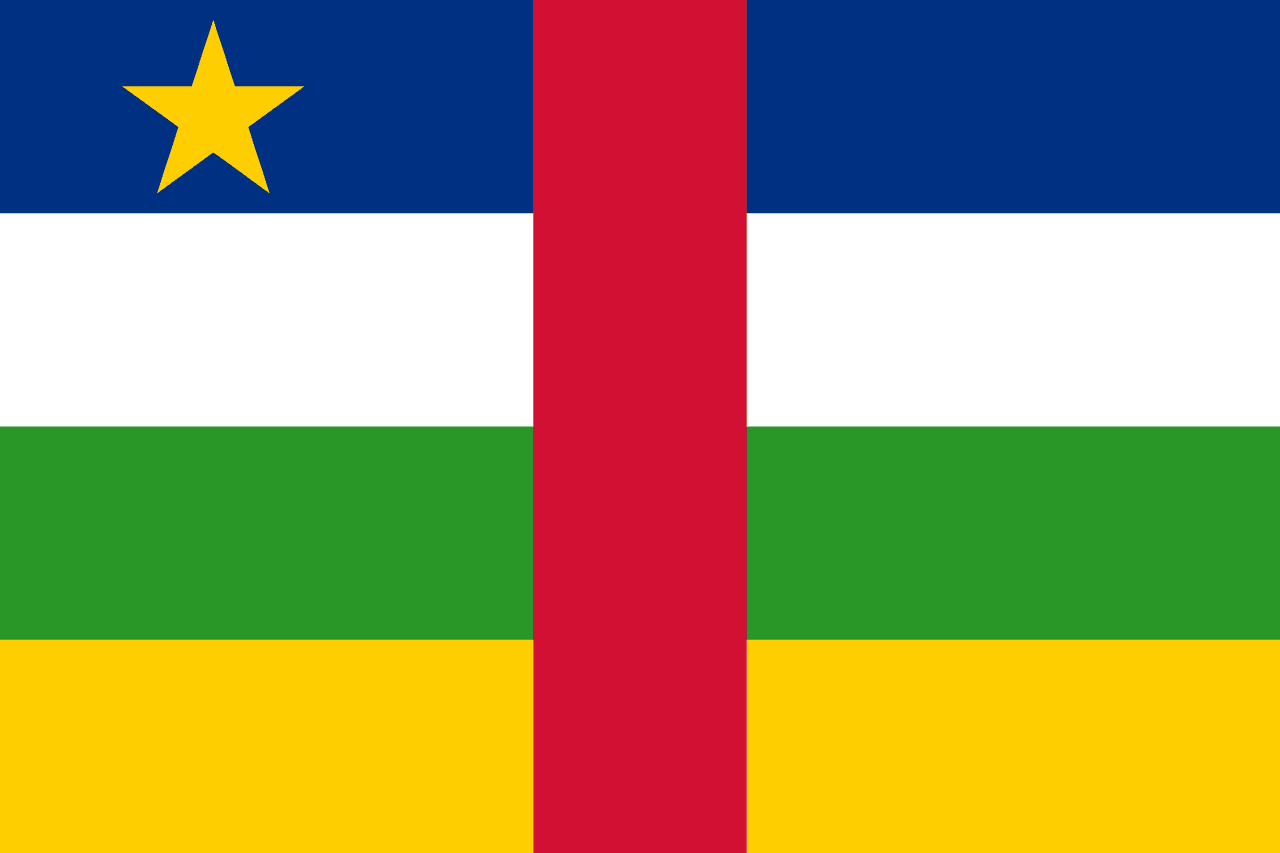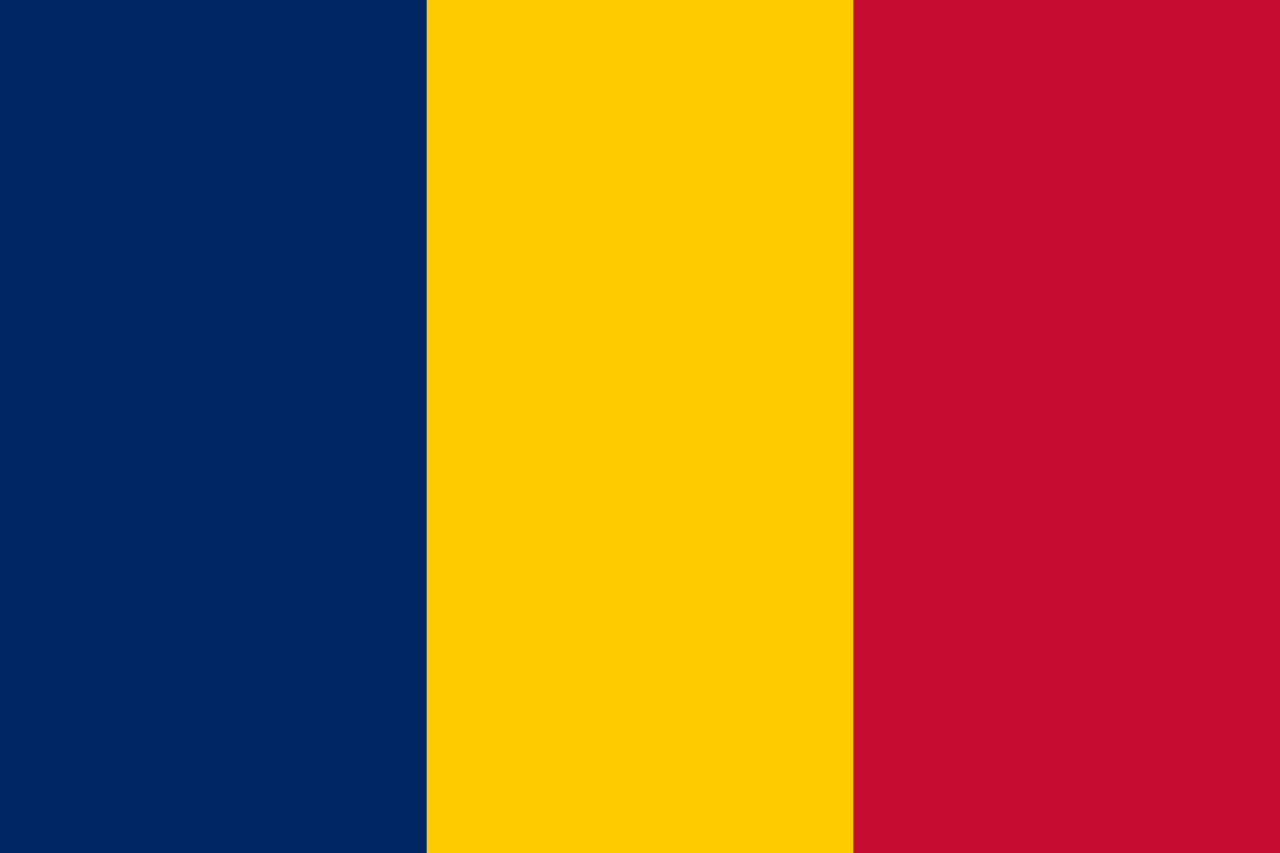The flag of Chile consists of two horizontal bands of white and red, with a blue square in the canton containing a white five-pointed star. This elegant and symbolic design has represented Chile for over two centuries, encapsulating the nation's history, geography, and aspirations.
Chile information
| National Flag Day | October 18 |
| Sovereign state | Yes |
| Official name | Republic of Chile |
| Capital | Santiago |
| Population | 18,439,857 |
| Area | 756,956 km² |
| Currency | Chilean peso (CLP) |
| Language | Spanish |
| Continent | Americas |
| Region | South America |
| Subregion | — |
| Borders | Argentina, Bolivia, Peru |
| Timezone | Chile Standard Time (CLT) UTC-3, Chile Summer Time (CLST) UTC-3 |
| Calling code | +56 |
| Top-level domain | .cl |
History of the Chilean Flag
 The current flag of Chile was officially adopted on October 18, 1817, during the country's struggle for independence from Spain. It was designed by José Ignacio Zenteno and made by Javiera Carrera, both key figures in Chile's independence movement. The flag's adoption came just seven months after the decisive Battle of Chacabuco, which marked a turning point in Chile's fight for freedom.
The current flag of Chile was officially adopted on October 18, 1817, during the country's struggle for independence from Spain. It was designed by José Ignacio Zenteno and made by Javiera Carrera, both key figures in Chile's independence movement. The flag's adoption came just seven months after the decisive Battle of Chacabuco, which marked a turning point in Chile's fight for freedom.
Prior to this design, Chile used several different flags during its early independence period. The current flag replaced the "Patria Vieja" flag, which was used from 1812 to 1814 and featured three horizontal stripes of blue, white, and yellow.
Symbolism and Design of the Chilean Flag
The flag of Chile is renowned for its simplicity and profound symbolism, with each element carefully chosen to represent aspects of the nation:
- White Band: Symbolizes the snow-covered peaks of the Andes Mountains, representing purity and Chile's natural beauty.
- Red Band: Represents the blood shed by Chilean patriots during the struggle for independence, symbolizing courage and valor.
- Blue Square: Symbolizes the sky and the Pacific Ocean, highlighting Chile's extensive coastline and maritime heritage.
- White Star: Represents a guide to progress and honor, symbolizing Chile's status as an independent republic and its commitment to democracy and freedom.
The proportions of the flag are precisely defined: the blue square occupies one-fourth of the flag's total area, and its side is equal to the width of the white stripe.
Usage and Significance of the Chilean Flag
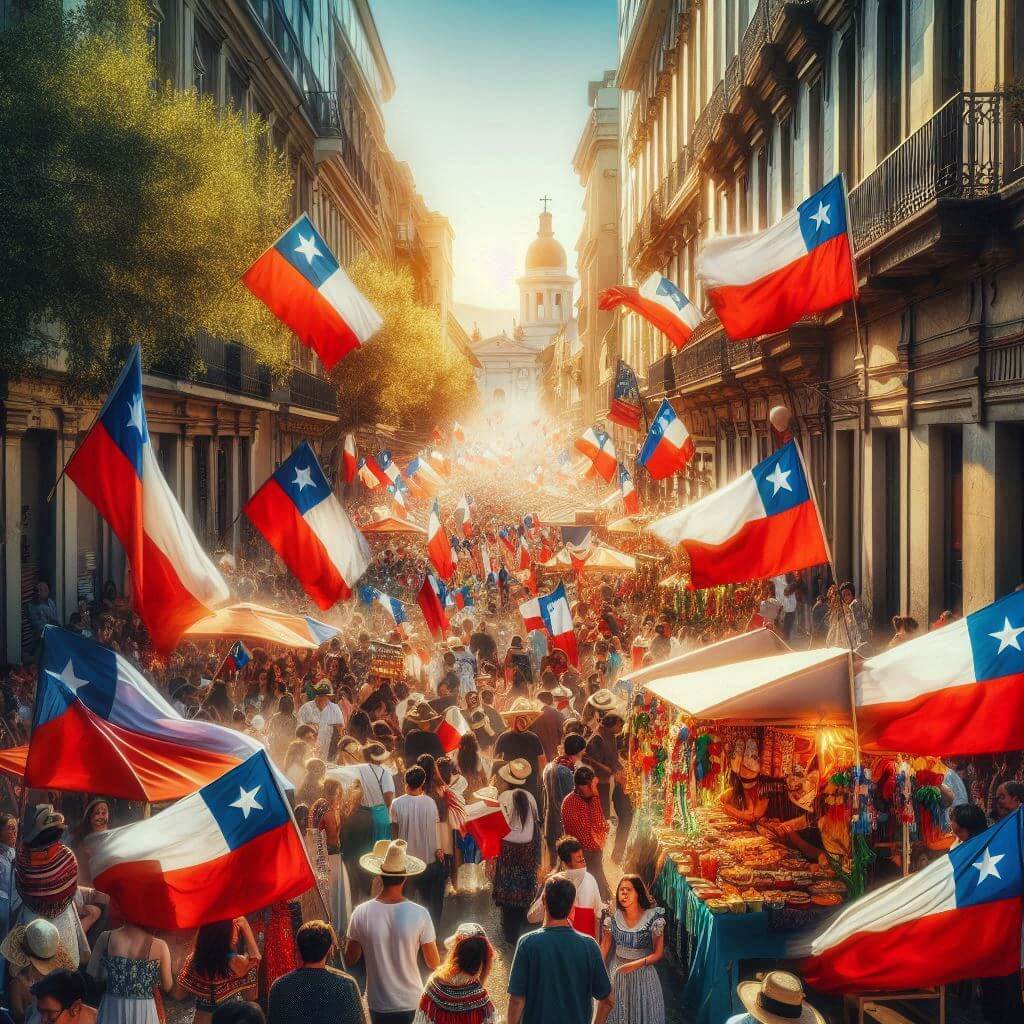 The Chilean flag holds deep significance as a national symbol, embodying Chilean identity, history, and aspirations. It is prominently displayed during national holidays, official ceremonies, and international events, uniting Chileans of all backgrounds under a common emblem of pride and unity.
The Chilean flag holds deep significance as a national symbol, embodying Chilean identity, history, and aspirations. It is prominently displayed during national holidays, official ceremonies, and international events, uniting Chileans of all backgrounds under a common emblem of pride and unity.
Key occasions for flag display include:
- Independence Day (September 18)
- Day of the Glories of the Army (September 19)
- Discovery of Chile Day (October 12)
- Battle of Rancagua Day (October 2)
The flag is also an important symbol in education, with many schools conducting flag-raising ceremonies to instill national pride and values in students.
Interesting Facts About the Chilean Flag
- The flag is affectionately known as "La Estrella Solitaria" (The Lone Star), reflecting Chile's status as a beacon of hope and independence in South America.
- Chile's flag bears a striking resemblance to the flag of Texas, often leading to confusion. However, the Chilean flag predates the Texan flag by 20 years.
- The exact shades of red and blue used in the flag are specified by law to ensure consistency in its reproduction.
- During the military dictatorship of Augusto Pinochet (1973-1990), the flag became a symbol of resistance for pro-democracy activists.
- In 2011, Chile set a Guinness World Record for the largest national flag, measuring 18,000 square meters, displayed in the Atacama Desert.
